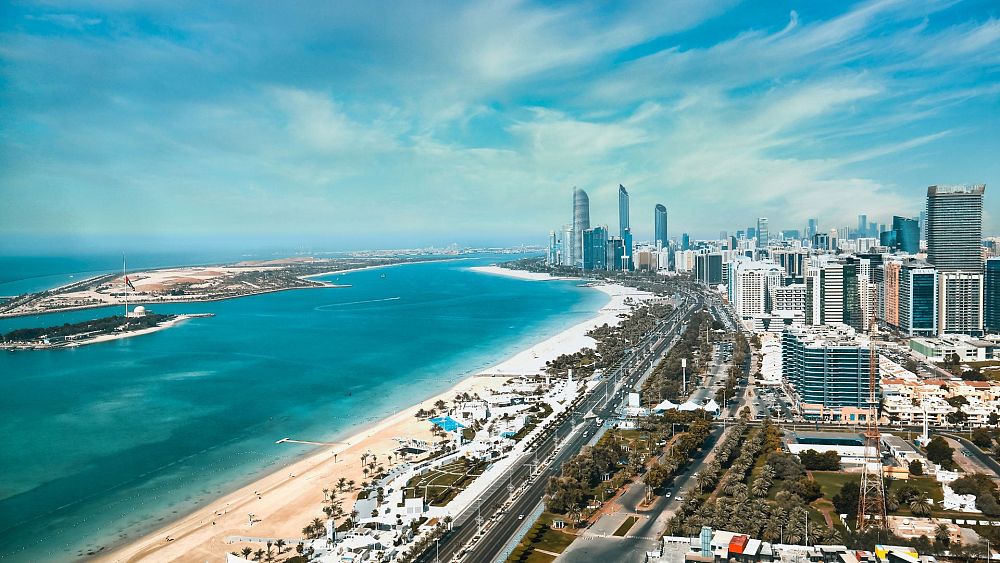
Rising sea levels could cover more than twice as much land as previously thought by the end of the century, new research has revealed.
As the ice caps and glaciers melt, our oceans are rising.
Current models predict that the most widespread flooding and coastal erosion will occur after sea levels rise by several metres — a seemingly distant scenario.
But worrying new research shows that twice as much land as previously thought could be underwater after the first one to two metres of sea level rise.
“In many regions the time available to prepare for increased exposure to flooding may be considerably less than assumed to date,” the researchers write.
Around 110 million people currently live on land that is below sea level, often protected by walls and other coastal defences.
After two metres of sea level rise, this number will increase by 240 million people, the study estimates.
Areas below the tide level are extremely vulnerable to devastating flooding.
Why have scientists been underestimating sea level rise?
Old data underestimated the extent of low coastal areas, the study finds.
Experts at the Dutch research firm Data wanted to see just how far above sea level some communities really are.
Using high-resolution measurements from NASA’s ICESat-2 lidar satellite, they determined that most of the coast is actually far lower than previously estimated.
“Radar [the old measurement method] is unable to fully penetrate vegetation and therefore overestimates surface elevation,” said Ronald Vernimmen, lead researcher.

This means the biggest impacts of sea level rise will occur earlier than previously thought.
For example, a two metre increase in sea level could put most of Bangkok and its 10 million residents below sea level. Older data suggested that Bangkok would still be largely safe at this level.
This impact could be widespread — two meters of sea level rise will cover up to 2.4 times the land area previously predicted by radar-based elevation models.
How quickly is the sea level rising?
How quickly the seas rise will depend on whether or not we rapidly decarbonise the global economy.
In a high emissions scenario — of global heating of 4°C above pre-industrial levels — the world’s oceans could rise 1.3 metres by 2100, and could reach as high as five metres by 2300.
If emissions are reduced to limit warming to well below 2 °C, global mean sea level would likely rise by 0.3–0.6 metres by 2100.
If countries meet the targets outlined in their current environmental policies, we are on track for about 2.7 degrees of warming by 2100.
Early adaptation is key. Levees, dikes and pumping stations can protect some areas from rising seas. Amsterdam and New Orleans are modern examples of this.
“Better elevation data will support timely preparations,’ the researchers hope.

